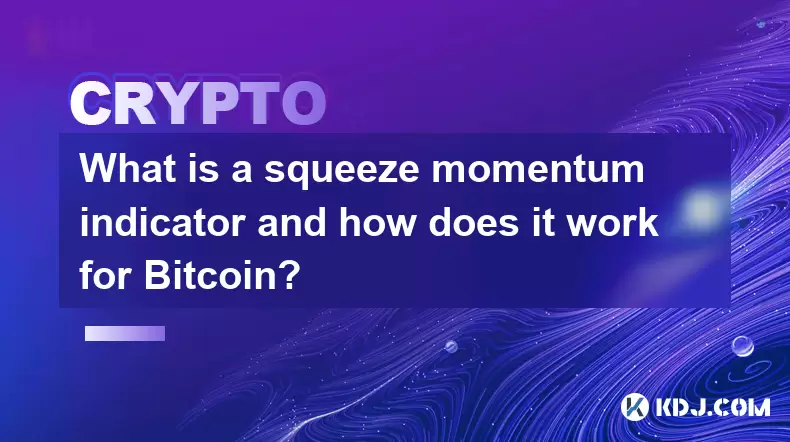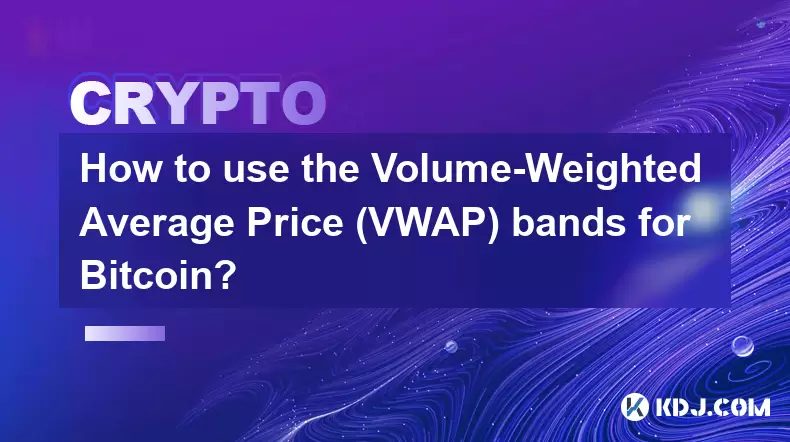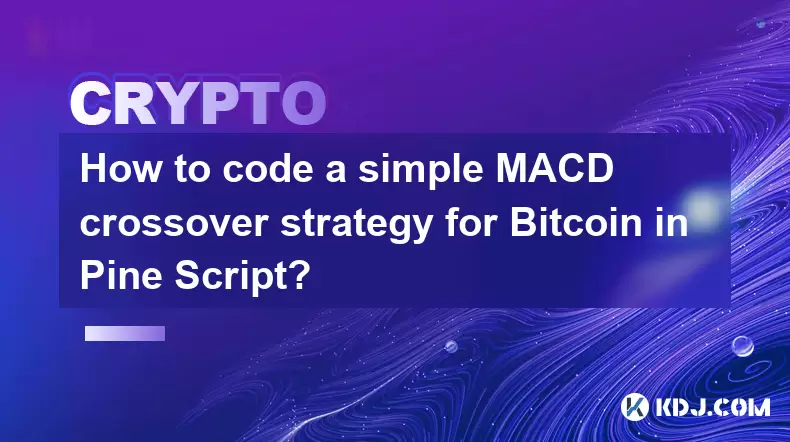-
 Bitcoin
Bitcoin $108,228.4534
-0.75% -
 Ethereum
Ethereum $2,524.8743
-1.10% -
 Tether USDt
Tether USDt $1.0003
-0.01% -
 XRP
XRP $2.2250
-0.63% -
 BNB
BNB $656.0016
-0.57% -
 Solana
Solana $148.4911
-1.36% -
 USDC
USDC $1.0000
0.00% -
 TRON
TRON $0.2846
-0.95% -
 Dogecoin
Dogecoin $0.1646
-1.38% -
 Cardano
Cardano $0.5767
-1.03% -
 Hyperliquid
Hyperliquid $39.3026
0.80% -
 Sui
Sui $2.9291
0.05% -
 Bitcoin Cash
Bitcoin Cash $483.6554
0.19% -
 Chainlink
Chainlink $13.2526
-1.01% -
 UNUS SED LEO
UNUS SED LEO $9.0390
-0.17% -
 Avalanche
Avalanche $17.9293
-1.10% -
 Stellar
Stellar $0.2376
-1.15% -
 Toncoin
Toncoin $2.7533
-1.89% -
 Shiba Inu
Shiba Inu $0.0...01149
-0.80% -
 Hedera
Hedera $0.1563
0.26% -
 Litecoin
Litecoin $86.7275
-1.92% -
 Monero
Monero $311.5944
-2.47% -
 Polkadot
Polkadot $3.3741
-1.97% -
 Dai
Dai $1.0000
0.01% -
 Ethena USDe
Ethena USDe $1.0002
0.00% -
 Bitget Token
Bitget Token $4.4043
-1.32% -
 Uniswap
Uniswap $7.0131
-4.90% -
 Aave
Aave $274.3481
1.75% -
 Pepe
Pepe $0.0...09808
0.11% -
 Pi
Pi $0.4677
-3.26%
How to set the Bitcoin buying and selling price? What is the difference between the limit price and the market price?
Setting Bitcoin buying and selling prices is key to trading success; use limit orders for precise control and market orders for quick execution, considering their pros and cons.
Apr 29, 2025 at 05:08 pm

Setting the Bitcoin buying and selling price is a crucial aspect of trading in the cryptocurrency market. Understanding how to set these prices effectively can help traders maximize their profits and minimize their risks. In this article, we will explore the methods for setting Bitcoin buying and selling prices, and we will delve into the differences between the limit price and the market price.
Understanding Bitcoin Buying and Selling Prices
When trading Bitcoin, setting the right buying and selling prices is essential for achieving your financial goals. The buying price is the price at which you are willing to purchase Bitcoin, while the selling price is the price at which you are willing to sell your Bitcoin holdings. These prices can be set using different order types, primarily the limit price and the market price.
Setting the Buying Price
To set the buying price for Bitcoin, you need to decide on the price at which you are comfortable entering the market. This decision can be influenced by various factors, including market analysis, your investment strategy, and your risk tolerance.
- Choose a Trading Platform: Start by selecting a reputable cryptocurrency exchange that supports Bitcoin trading. Popular platforms include Coinbase, Binance, and Kraken.
- Navigate to the Trading Section: Once you are logged into your chosen platform, navigate to the trading section where you can buy and sell Bitcoin.
- Select the Order Type: Decide whether you want to use a limit order or a market order. For setting a buying price, a limit order is more suitable because it allows you to specify the exact price at which you want to buy Bitcoin.
- Enter the Buying Price: In the limit order section, enter the price at which you wish to buy Bitcoin. For example, if you want to buy Bitcoin at $30,000, you would enter $30,000 as your buying price.
- Set the Quantity: Specify the amount of Bitcoin you want to buy at the specified price.
- Review and Submit the Order: Double-check all the details of your order, including the price and quantity, and then submit the order. The order will be executed when the market price reaches your specified buying price.
Setting the Selling Price
Setting the selling price for Bitcoin follows a similar process to setting the buying price. The selling price is the price at which you are willing to sell your Bitcoin, and it is also set using a limit order for precise control over the transaction.
- Choose a Trading Platform: Use the same platform where you bought your Bitcoin.
- Navigate to the Trading Section: Go to the trading section of the platform.
- Select the Order Type: For setting a selling price, a limit order is recommended because it allows you to specify the exact price at which you want to sell Bitcoin.
- Enter the Selling Price: In the limit order section, enter the price at which you wish to sell your Bitcoin. For example, if you want to sell Bitcoin at $35,000, you would enter $35,000 as your selling price.
- Set the Quantity: Specify the amount of Bitcoin you want to sell at the specified price.
- Review and Submit the Order: Double-check all the details of your order, including the price and quantity, and then submit the order. The order will be executed when the market price reaches your specified selling price.
Difference Between Limit Price and Market Price
Understanding the difference between the limit price and the market price is essential for effective trading. The limit price is the specific price at which you want to buy or sell Bitcoin, while the market price is the current price at which Bitcoin is being traded on the exchange.
- Limit Price: A limit order allows you to set a specific price for buying or selling Bitcoin. This type of order will only be executed if the market price reaches or surpasses your specified limit price. Limit orders provide more control over the transaction price but do not guarantee immediate execution.
- Market Price: A market order, on the other hand, is executed immediately at the current market price. This type of order is suitable for traders who prioritize speed over price control. Market orders are typically used when you want to enter or exit the market quickly, but they can result in slippage, where the executed price differs from the expected price due to rapid market movements.
Advantages and Disadvantages of Limit and Market Orders
Both limit and market orders have their advantages and disadvantages, which traders should consider when setting their Bitcoin buying and selling prices.
- Advantages of Limit Orders: Limit orders provide precise control over the transaction price, allowing you to buy or sell Bitcoin at your desired price. They are ideal for traders who want to implement a specific trading strategy based on their market analysis.
- Disadvantages of Limit Orders: The main disadvantage of limit orders is that they may not be executed if the market price does not reach your specified limit price. This can result in missed trading opportunities, especially in a fast-moving market.
- Advantages of Market Orders: Market orders are executed immediately, ensuring that you enter or exit the market quickly. They are suitable for traders who prioritize speed and want to capitalize on short-term market movements.
- Disadvantages of Market Orders: The primary disadvantage of market orders is the potential for slippage, where the executed price differs from the expected price due to rapid market movements. This can result in less favorable transaction prices, especially in highly volatile markets.
Practical Example of Setting Bitcoin Buying and Selling Prices
To illustrate how to set Bitcoin buying and selling prices, let's consider a practical example. Suppose you are a trader who wants to buy Bitcoin at $30,000 and sell it at $35,000.
- Setting the Buying Price: You log into your chosen trading platform and navigate to the trading section. You select a limit order and enter $30,000 as your buying price. You specify the quantity of Bitcoin you want to buy and submit the order. The order will be executed when the market price reaches $30,000.
- Setting the Selling Price: Once you have bought Bitcoin at $30,000, you want to set a selling price of $35,000. You navigate to the trading section, select a limit order, and enter $35,000 as your selling price. You specify the quantity of Bitcoin you want to sell and submit the order. The order will be executed when the market price reaches $35,000.
Frequently Asked Questions
Q1: Can I change my limit order after it has been submitted?
Yes, you can change your limit order after it has been submitted, as long as it has not been executed. Most trading platforms allow you to modify the price and quantity of your limit order until it is filled.
Q2: What happens if my limit order is not executed?
If your limit order is not executed, it will remain active until it is either filled or canceled. You can choose to cancel the order if the market conditions change and you no longer want to buy or sell at your specified price.
Q3: How can I monitor the status of my orders?
You can monitor the status of your orders through the trading platform's order book or transaction history section. Most platforms provide real-time updates on the status of your orders, including whether they are pending, partially filled, or fully executed.
Q4: Are there any fees associated with using limit and market orders?
Yes, trading platforms typically charge fees for executing both limit and market orders. The fee structure can vary depending on the platform and the type of order. It is important to review the fee schedule of your chosen platform to understand the costs associated with your trades.
Disclaimer:info@kdj.com
The information provided is not trading advice. kdj.com does not assume any responsibility for any investments made based on the information provided in this article. Cryptocurrencies are highly volatile and it is highly recommended that you invest with caution after thorough research!
If you believe that the content used on this website infringes your copyright, please contact us immediately (info@kdj.com) and we will delete it promptly.
- Bitcoin, Ripple, and TPS: A New Sheriff in Town?
- 2025-07-05 19:16:07
- Bitcoin Investment: Will You 10x by 2030?
- 2025-07-05 19:16:07
- BONK on Solana: Meme Coin Mania or the Real Deal?
- 2025-07-05 19:16:08
- PEPE Coin, Neo Pepe, and Market Makers: Decoding the Latest Crypto Moves
- 2025-07-05 19:16:08
- BONK Price Rockets: ETF Buzz Sparks Rally and Breakout!
- 2025-07-05 19:16:10
- BONK Price Rockets: Rally, Breakout, and What's Next for the Meme Coin
- 2025-07-05 19:16:10
Related knowledge

What is the Woodies CCI indicator and can it be used for Bitcoin?
Jul 04,2025 at 05:14pm
Understanding the Woodies CCI IndicatorThe Woodies CCI indicator is a variation of the traditional Commodity Channel Index (CCI), which was originally developed by Donald Lambert. The standard CCI measures the current price level relative to an average price over a given period, typically 14. However, the Woodies version modifies this calculation to mak...

How to use indicators to trade the opening range breakout for Bitcoin CME futures?
Jul 05,2025 at 07:35pm
What Is the Opening Range Breakout Strategy?The opening range breakout (ORB) strategy is a popular trading technique used in both traditional markets and cryptocurrency futures, particularly for Bitcoin on the CME. This method involves identifying a specific price range formed during the early phase of a trading session and then taking positions when th...

What does a bearish cross on the Stochastic RSI mean for Bitcoin?
Jul 05,2025 at 07:18pm
Understanding the Stochastic RSI IndicatorThe Stochastic RSI (Relative Strength Index) is a momentum oscillator used in technical analysis to identify overbought or oversold conditions in an asset's price. It combines two well-known indicators — the RSI and the Stochastic Oscillator — to provide more nuanced signals than either could alone. The Stochast...

What is a squeeze momentum indicator and how does it work for Bitcoin?
Jul 05,2025 at 07:32pm
Understanding the Squeeze Momentum IndicatorThe Squeeze Momentum Indicator is a technical analysis tool used by traders to identify potential breakout opportunities in financial markets, including cryptocurrencies like Bitcoin. It was developed by John Carter and is widely used among active traders who seek to capture volatility expansions after periods...

How to use the Volume-Weighted Average Price (VWAP) bands for Bitcoin?
Jul 04,2025 at 04:28pm
Understanding the Basics of VWAP BandsThe Volume-Weighted Average Price (VWAP) is a key metric used in trading to determine the average price at which an asset, such as Bitcoin, has traded throughout the day. It takes into account both volume and price, making it more reliable than a simple moving average. VWAP bands are essentially standard deviation c...

How to code a simple MACD crossover strategy for Bitcoin in Pine Script?
Jul 05,2025 at 07:18pm
Understanding the MACD Indicator in Cryptocurrency TradingThe Moving Average Convergence Divergence (MACD) is a popular technical indicator used across various financial markets, including cryptocurrency. It helps traders identify potential trend reversals and momentum shifts by comparing two moving averages. In the context of Bitcoin trading, the MACD ...

What is the Woodies CCI indicator and can it be used for Bitcoin?
Jul 04,2025 at 05:14pm
Understanding the Woodies CCI IndicatorThe Woodies CCI indicator is a variation of the traditional Commodity Channel Index (CCI), which was originally developed by Donald Lambert. The standard CCI measures the current price level relative to an average price over a given period, typically 14. However, the Woodies version modifies this calculation to mak...

How to use indicators to trade the opening range breakout for Bitcoin CME futures?
Jul 05,2025 at 07:35pm
What Is the Opening Range Breakout Strategy?The opening range breakout (ORB) strategy is a popular trading technique used in both traditional markets and cryptocurrency futures, particularly for Bitcoin on the CME. This method involves identifying a specific price range formed during the early phase of a trading session and then taking positions when th...

What does a bearish cross on the Stochastic RSI mean for Bitcoin?
Jul 05,2025 at 07:18pm
Understanding the Stochastic RSI IndicatorThe Stochastic RSI (Relative Strength Index) is a momentum oscillator used in technical analysis to identify overbought or oversold conditions in an asset's price. It combines two well-known indicators — the RSI and the Stochastic Oscillator — to provide more nuanced signals than either could alone. The Stochast...

What is a squeeze momentum indicator and how does it work for Bitcoin?
Jul 05,2025 at 07:32pm
Understanding the Squeeze Momentum IndicatorThe Squeeze Momentum Indicator is a technical analysis tool used by traders to identify potential breakout opportunities in financial markets, including cryptocurrencies like Bitcoin. It was developed by John Carter and is widely used among active traders who seek to capture volatility expansions after periods...

How to use the Volume-Weighted Average Price (VWAP) bands for Bitcoin?
Jul 04,2025 at 04:28pm
Understanding the Basics of VWAP BandsThe Volume-Weighted Average Price (VWAP) is a key metric used in trading to determine the average price at which an asset, such as Bitcoin, has traded throughout the day. It takes into account both volume and price, making it more reliable than a simple moving average. VWAP bands are essentially standard deviation c...

How to code a simple MACD crossover strategy for Bitcoin in Pine Script?
Jul 05,2025 at 07:18pm
Understanding the MACD Indicator in Cryptocurrency TradingThe Moving Average Convergence Divergence (MACD) is a popular technical indicator used across various financial markets, including cryptocurrency. It helps traders identify potential trend reversals and momentum shifts by comparing two moving averages. In the context of Bitcoin trading, the MACD ...
See all articles

























































































